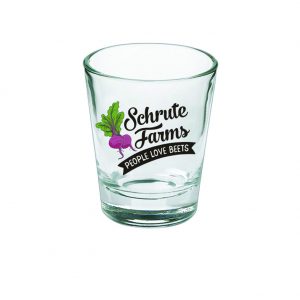The creation of exquisite glassware is a combination of artistic skill, craftsmanship, and intricate techniques. Here’s a glimpse into the process of making exquisite glassware:
1. Design and Inspiration:
- The process begins with the design phase. Artists and designers draw inspiration from various sources, such as nature, history, cultural motifs, and personal creativity.
2. Choosing Glass Types:
- Different types of glass are chosen based on the desired properties of the finished piece. Clear glass, colored glass, and even special types like crystal are selected to achieve specific visual effects.
3. Gathering the Glass:
- For glassblowing, a gatherer collects molten glass from the furnace using a blowpipe. The glass is then rolled on a metal table called a marver to shape it.
4. Shaping and Forming:
- Using a combination of blowing, shaping tools, and gravity, the glassblower shapes the molten glass into the desired form. The process requires precision and skill to achieve the intended design.
5. Adding Color and Patterns:
- Colored glass can be added to the piece by rolling it in powdered glass of the desired color or by applying colored glass threads. Patterns and designs can be created by layering different colors or by applying intricate details with tools.
6. Annealing:
- After shaping and forming, the glassware goes through an annealing process. The piece is placed in an annealing oven, where it’s gradually cooled to room temperature. This prevents stress and ensures the glass is structurally stable.
7. Cutting and Engraving:
- Engraving and cutting are techniques used to create intricate patterns and designs on the glass surface. Skilled artisans use diamond-tipped tools to carve into the glass, adding texture and visual interest.
8. Cold Working:
- Cold working involves shaping and finishing the glass using tools like grinders, polishers, and sandblasters. This phase adds finer details and achieves the desired level of clarity and texture.
9. Decoration and Gilding:
- Exquisite glassware may undergo additional decoration, such as applying gold or silver leaf, etching designs, or adding enamel paints. These embellishments enhance the glass’s beauty and value.
10. Quality Control:
- Throughout the process, quality control is essential. Glassmakers carefully inspect the piece for any imperfections, ensuring that the final product meets their high standards.
11. Artist’s Signature:
- In the case of artisanal glassware, the artist often signs the finished piece, adding a personal touch and signifying its authenticity and origin.
Creating exquisite glassware requires a deep understanding of the glass’s properties, mastery of techniques, and artistic vision. The process combines centuries-old traditions with modern innovations, resulting in stunning pieces that captivate the eye and inspire appreciation for the art of glassmaking.
















